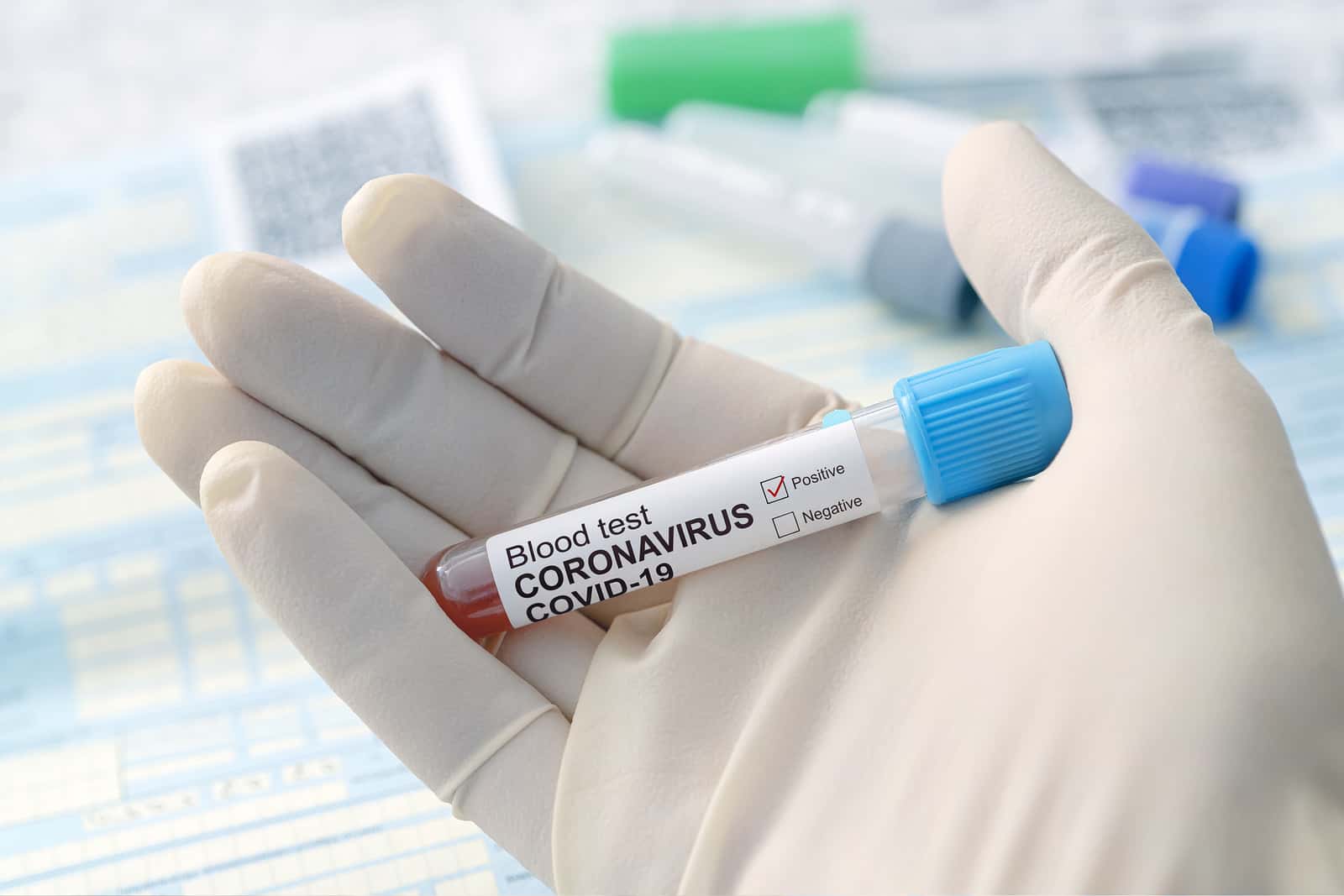
Over the past ten days, we’ve seen growing evidence that people without symptoms are able to spread the coronavirus infection (Journal of Cellular and Molecular Medicine, online April 22, 2020). New data from several sources suggests that a significant proportion of people infected with SARS-CoV-2, the virus that causes COVID-19, are asymptomatic when tested. The aircraft carrier Theodore Roosevelt had nearly 5,000 sailors on board. The Navy tested almost all of them and found that more than 600 carried the virus. Sixty percent of them reported no fever, fatigue, cough or other symptoms. Some experts now believe that more than 50 percent of those who test positive for the virus have no symptoms but can still spread the infection.
The CDC now estimates that up to 25% of those who are positive for COVID-19 don’t experience symptoms. Sneezing, coughing, fever, muscle aches, fatigue, diarrhea or loss of sense of smell may not appear for days. However, these individuals could still be sending out virus particles with every breath. Some of them never develop symptoms, while others notice symptoms later. In fact, researchers in Singapore concluded that people seem to transmit the infection before they show symptoms (MMWR, April 1, 2020).
How Many Infected People Have No Symptoms?
Evidence is arriving from around the globe. Scientists reviewed reports of 468 cases in China. They found that at least 12% show evidence of viral transmission by asymptomatic individuals (Emerging Infectious Diseases, online June 2020). In addition, a fascinating epidemiological experiment in hard-hit northern Italy revealed a similar situation. In the village of Vo’Euganeo in the Veneto region, researchers tested the entire population of approximately 3,000. They found that 50 to 75% of those found positive for the infection had no symptoms (BMJ, March 23, 2020). As a result, they recommended testing everyone, to the extent possible, and isolating all who test positive for the virus.
Unfortunately, few countries have enough test materials and personnel to administer tests. As a result, they aren’t able to detect those who may be infected even though they aren’t showing symptoms. Inevitably, public health authorities are less effective in controlling the spread of the virus under these circumstances.
The Iceland Story:
In Iceland, a country that has done extensive testing, up to 50% of those who test positive say they have no symptoms. According to CNN, the Iceland Directorate of Health and a company called deCODE have tested nearly 5% of the entire population. Approximately 1% are positive for the virus. With rigorous contact tracing and isolation of those who do test positive, the country has significantly limited the spread of the virus.
The Implications of Asymptomatic Infected People:
What all this means is that many more people could be spreading COVID-19 than previously thought. Some may never experience symptoms themselves but could be unwittingly transmitting the virus to others who then become sick. As a result, limiting isolation to those with symptoms allows the disease to spread unchecked. That is why we should all take precautions as if we were infected and could be spreading the virus that causes COVID-19.
You already know the CDC’s basic recommendations: wash your hands as if your life depended on it; cough or sneeze into a tissue or your elbow, not your hand; stay at least six feet away from other people (farther might be better); stay home as much as possible; and call ahead if you are sick and need medical attention. That allows healthcare providers to mask up and prepare a mask for you. Given the possibility that any of us might be infected without knowing it, perhaps we should all be wearing face masks any time we leave our homes as well.
Citations
- Li H et al, "Scientific research progress of COVID-19/ SARS-CoV-2 in the first five months." Journal of Cellular and Molecular Medicine, online April 22, 2020. DOI: 10.1111/jcmm.15364
- Wei WE et al, "Presymptomatic transmission of SARS-CoV-2 — Singapore, January 23–March 16, 2020." MMWR, April 1, 2020. DOI: http://dx.doi.org/10.15585/mmwr.mm6914e1
- Du Z et al, "Serial interval of COVID-19 among publicly reported confirmed cases." Emerging Infectious Diseases, online June 2020. DOI: 10.3201/eid2606.200357
- Day M, "Covid-19: identifying and isolating asymptomatic people helped eliminate virus in Italian village." BMJ, March 23, 2020. DOI: 10.1136/bmj.m1165

